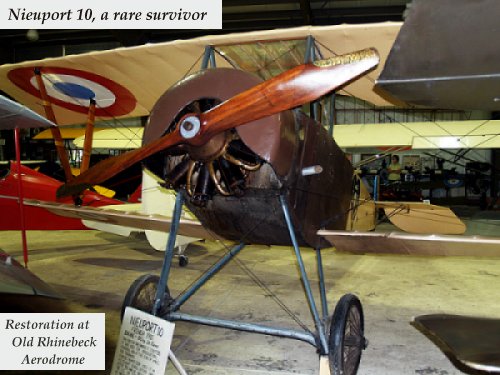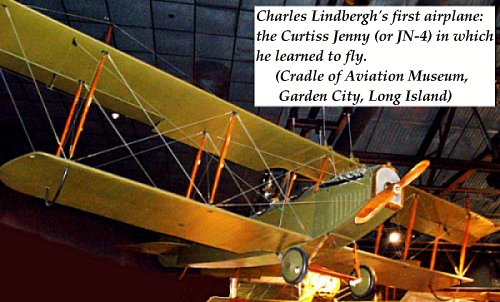Using up Aeroplanes
Today, we use up the old aeroplanes. The University of Houston's College of Engineering presents this series about the machines that make our civilization run, and the people whose ingenuity created them.
We all know the terrible danger of early flying. So many pilots died. And not just in WW-I. Aeroplanes were very tricky machines for a quarter of a century. So, think for a moment about the consumption, not of pilots, but of aeroplanes. So much flying and crashing after WW-I.
During the 1930s, we'd go to the Minnesota State Fair grounds to watch a pilot crash his plane into a wooden building. Quite a trick! The plane would be destroyed; the pilot would walk away. But, in the '30s, that was the last flicker of a dying era. Now DC-3s would carry non-pilots safely from city to city. Crashes stopped looking like fun. They began losing their allure.
But, for a season, crashes were amazingly routine. Pilots went through aeroplanes. My father, an early flier, described at least two crash landings to me. So where did all those airplanes come from? Well, there was The War:
America never did make an effective WW-I fighter plane, but we provided the Army with more than 6000 Curtiss Jennies. The slow Jenny two-seater went 75 miles-an-hour. It came out in 1914. The improved models that followed made fine primary trainers for Army fliers.
Almost 5000 of the larger and later DH-4 were also made. It came closer to being useful in combat, but was too much the sturdy work-horse. It did not float like butterfly and sting like a bee.
So we were left with all those Jennies and DH-4s. The DH-4s went into passenger and mail service while Jennies went into show biz -- barnstorming and movies. Movie-makers crashed aeroplanes into trees, barns, steeples, and each other.
Then Howard Hughes arrived. He wasn't content to crash Jennies. He scooped up leftover WW-I fighter planes and crashed them in combat scenes: Sopwith Camels, Fokkers and such. During the filming of his Hell's Angels, three pilots were killed in the many crashes, and Hughes himself was seriously injured.
Twenty-six years later, I stood in line waiting to enter the Berkeley movie theater where film critic Pauline Kael ran the old classics. I saw her, and asked if she ever played the WW-I airplane movies. "Like what," she said suspiciously. "Like Hell's Angels," I replied. If looks really could kill, I would not be here today. I do not think Ms. Kael was high on crashes.
So we used them up. A few Jennies still exist. They didn't manage to crash them all. But not one original Fokker Triplane remains. You can find only replicas. Very few WW-I airplanes of any kind are still with us.
No doubt Pauline Kael had good reasons for looking down upon Hell's Angels. But, if you want to know what it was really like to fly one of those old machines, that's where you have to go today. For we used them up. Now you have to go to the old movies to see them fly -- and, of course, to see them crash.
I'm John Lienhard, at the University of Houston, where we're interested in the way inventive minds work.
P. O'Neil, Barnstormers and Speed Kings. (Alexandria, VA, Time-Life Books, 1981): Chapters 1 and 2.
For more on the DH-4 and the Curtiss Jenny, see Episode 1309 and the following url, respectively: https://en.wikipedia.org/wiki/Curtiss_JN-4 . (Photos below are by JHL)


